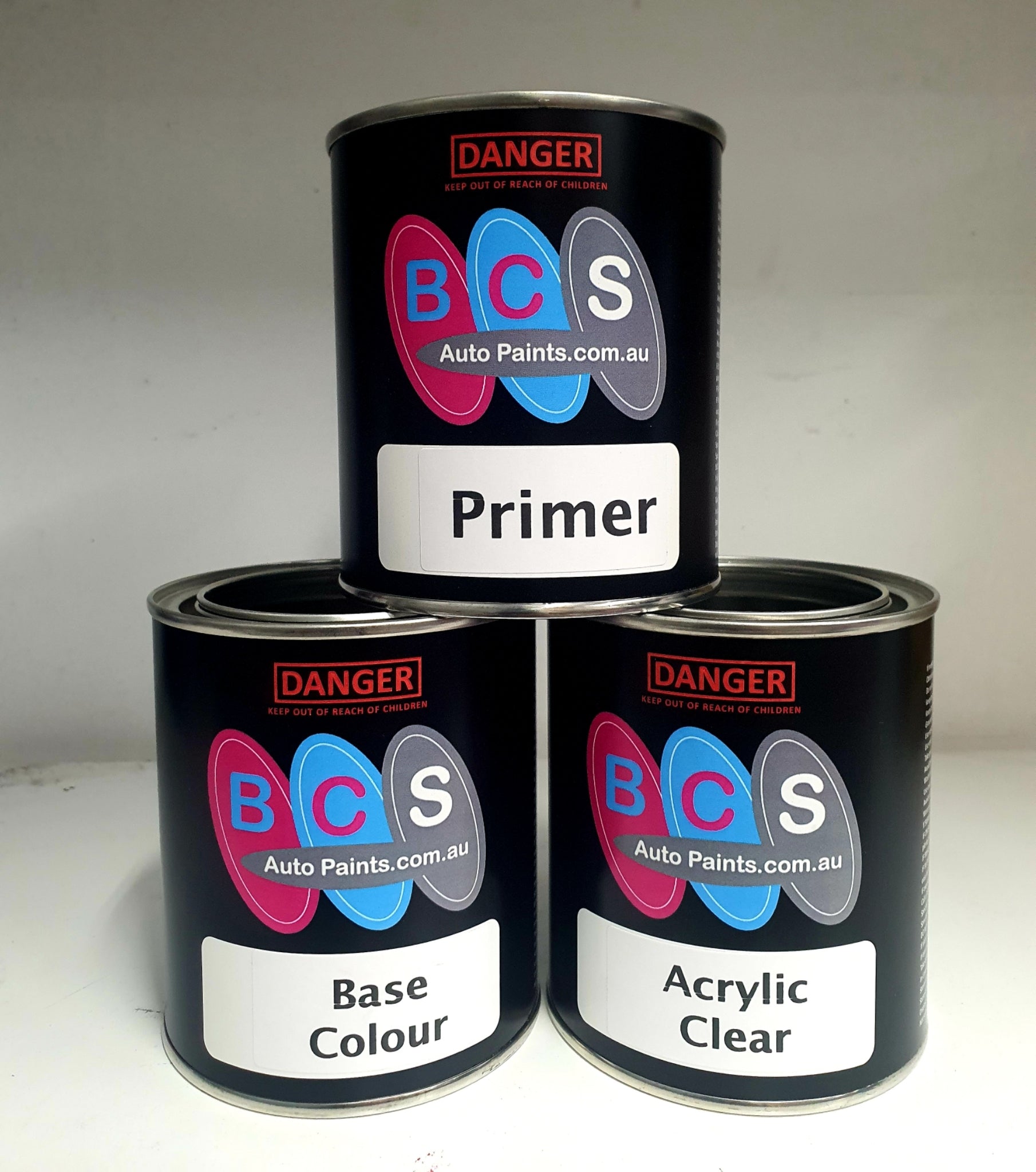Achieving a Flawless Finish: The Essentials of Car Paint
Car paint plays a crucial role in the overall aesthetic appeal and protection of your vehicle. Not only does it make your car look sleek and polished, but it also acts as a barrier against environmental factors like UV rays, moisture, and road debris. Achieving a flawless finish requires an understanding of the different types of car paint, the preparation process, and the application techniques. Whether you’re restoring an old classic or just touching up your daily driver, knowing the essentials of car paint will help you maintain your vehicle’s value and appearance.
Types of Car Paint
There are several types of car paint available, each with its unique properties and benefits:
Acrylic Lacquer: Popular in the past, acrylic lacquer provides a high-gloss finish and is easy to apply. However, it’s not as durable as modern paints and requires frequent waxing to maintain its shine.
Acrylic Enamel: This paint forms a hard shell when it dries, providing better durability than lacquer. It’s available in single-stage or two-stage options, with the latter including a clear coat for added protection.
Urethane Paint: Urethane is one of the most durable car paints on the market. It’s resistant to fading, chipping, and chemical damage, making it a popular choice for professional restorations and high-end vehicles. Urethane can be challenging to apply, but the results are long-lasting.
Water-Based Paint: Environmentally friendly and safer to use, water-based paints are becoming more common. They provide a smooth finish and are less harmful to the environment, though they may require a clear coat to enhance durability.
Preparation is Key
Preparation is perhaps the most crucial step in achieving a perfect car paint finish. Skipping or rushing through this process can lead to imperfections that will be visible even after the paint is applied. Here’s how to prepare your vehicle for painting:
Surface Cleaning: Start by thoroughly cleaning the surface of your car to remove any dirt, grease, or old wax. Contaminants on the surface can cause the paint to bubble or peel over time.
Sanding: Sanding the car’s surface creates a smooth base for the paint to adhere to. Start with coarse sandpaper to remove old paint or imperfections, then switch to finer grits to achieve a smooth finish. Be sure to sand all areas evenly to avoid noticeable scratches or rough patches.
Priming: Applying a primer is essential for promoting adhesion between the car’s surface and the paint. Primer also helps to cover up small imperfections and provides a uniform base color. Allow the primer to dry completely before moving on to the next step.
Masking: Use masking tape and paper to protect areas that should not be painted, such as windows, trim, and lights. Proper masking ensures a clean, professional-looking finish without overspray.
Application Techniques
Applying car paint requires precision and patience. Here are some tips to ensure a flawless finish:
Spray Evenly: Whether you’re using a spray gun or aerosol cans, maintain a consistent distance from the surface (usually 6-10 inches) and move the applicator in smooth, even strokes. Overlapping each pass slightly will help prevent streaks or missed spots.
Multiple Coats: Applying multiple thin coats is better than one thick coat. Allow each coat to dry before applying the next, and lightly sand between coats to maintain smoothness.
Clear Coat: After the base color is applied, a clear coat adds shine and protection. The clear coat should be applied in the same manner as the paint, with multiple thin layers for the best results.
Buffing: Once the auto paint and clear coat have dried, buffing the surface will enhance the shine and remove any minor imperfections. Use a high-quality car polish and a soft cloth or buffer to achieve a showroom-worthy finish.

Comments
Post a Comment